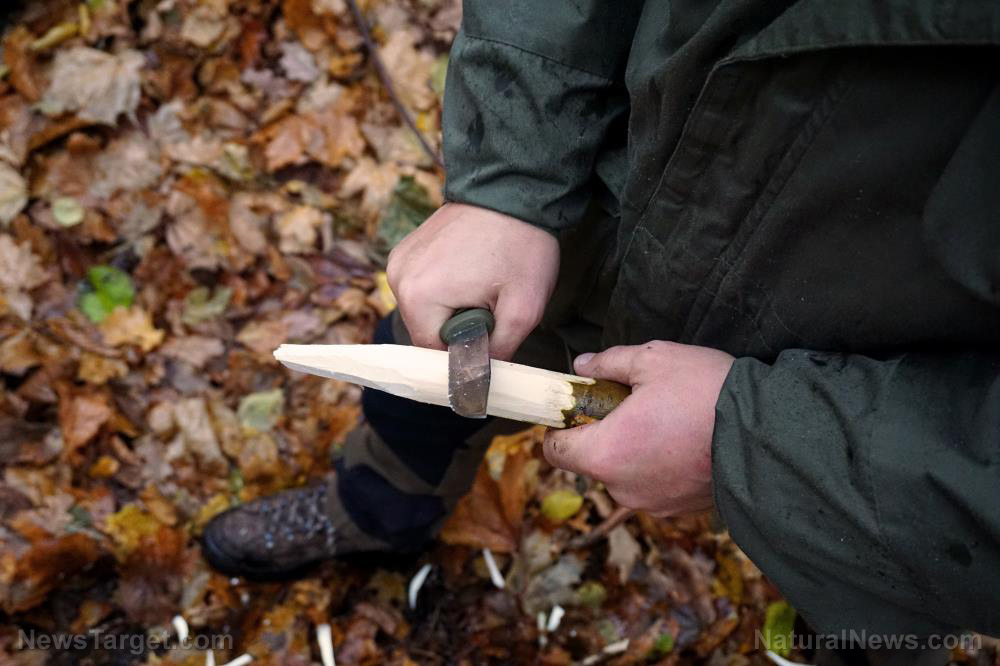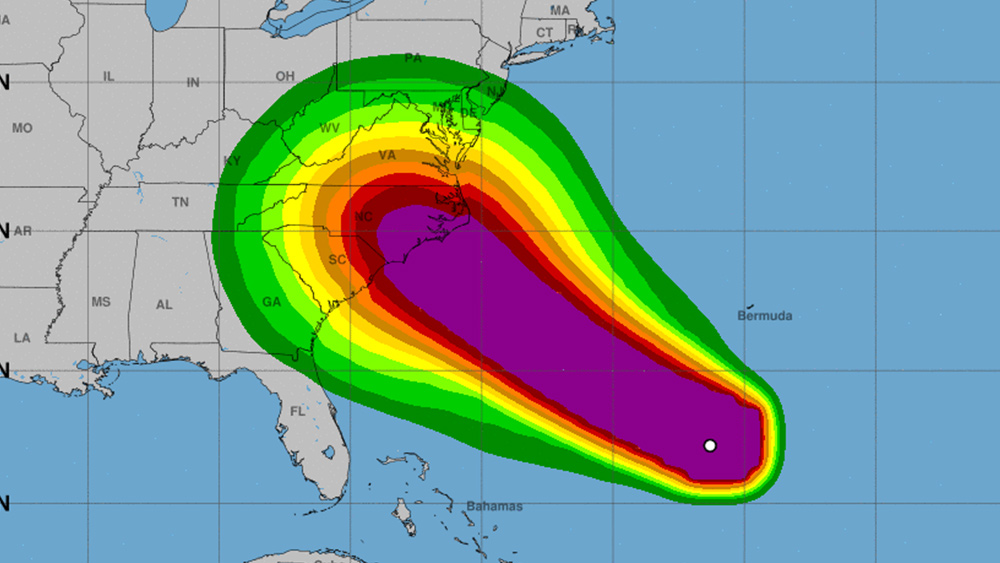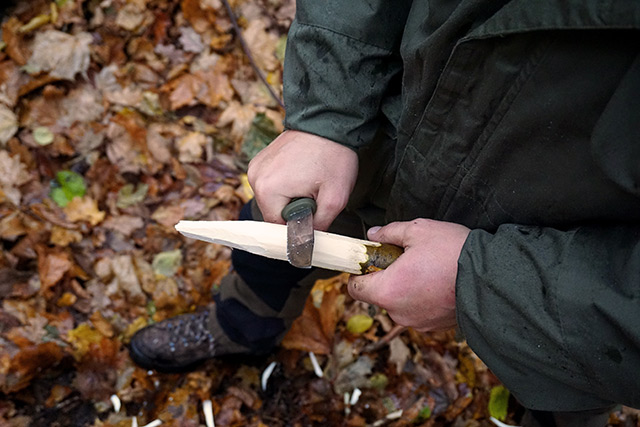Common survival myths that could literally get you killed
10/16/2018 / By Rhonda Johansson

Time for a healthy serving of the truth: Many of the survival tips you know are completely inaccurate. Unfortunately, these aren’t your standard myths that are fun to debunk; misconceptions about survival could literally get you killed.
We’ve listed some of the most dangerous common survival myths below. (h/t to BackdoorSurvival.com)
If birds and animals eat them, that means they’re edible for me, too
We do not share the same digestive system as animals and birds, so please be careful what you put in your mouth. This is especially true of berries. Pokeweed berries, for example, are extremely poisonous for humans (unless they are cooked and prepared properly) but are completely benign for birds.
Follow these steps to determine if a wild berry is edible:
- LEARN. Having a wild plant and identification guide is useful for trips into the wild. If you can’t find one, remember to do your own research on the common berries that can be found in the area you are going to.
- INSPECT. Wild berry bushes provide clues as to whether the berries are edible. Sometimes edible berries have toxic “lookalikes”. However, you can distinguish which one is which usually by examining each plant’s stem. (Related: Foraging wild edibles: Berry basics to help identify what’s safe and what isn’t.)
- TASTE, but do not ingest. If the berry tastes sweet, it should be safe to eat. If it tastes bitter or strange, it is most likely poisonous. Spit these berries out immediately. Most berries are only poisonous if you ingest them, but there are a few rare exceptions like poison ivy berries which can cause death if you taste them. Poison ivy berries are round and be either green or white in color.
Suck out the poison after a snakebite
If you get bitten by a snake, do NOT suck the wound. This just spreads bacteria from your mouth into the wound. Try not to move around and immediately seek medical attention. It helps to know what kind of snake bit you so that the hospital will know what type of antivenom you need.
If you find yourself out in the wild, Red Cross guidelines state that you should apply a pressure immobilization bandage to the area. Do NOT cut off blood flow, or apply a tourniquet as this makes the venom stay in one place. This can make the area swell and lead to amputation. However, you need to keep the venom contained in one area.
Drinking your urine is safe
Urine is waste. Your body expels urine as a means of cleansing itself. It makes no sense to re-ingest it. Drinking urine can actually dehydrate you.
Rub frostbitten areas
If your skin is frostbitten, it is already severely damaged. At this point, rubbing will only worsen symptoms. What you should do instead is raise the frostbitten area to minimize swelling and immediately attempt to go to a warm area. Cover the area with a dry, sterile bandage.
Alcohol will warm you up
Do not consume alcohol as a means of warming yourself up. It can make you feel warmer, but alcohol actually lowers your core body temperature. Drinking alcohol increases your chances of dying from hypothermia and exposure.
If a bear approaches, play dead or climb a tree
In general, playing dead is not a good strategy and only works on certain types of bears. If a bear approaches you or is charging at you, stand your ground, make noise, and make yourself look big but spreading your arms or jacket. Sure, this is frightening but if the bear is intent to kill you, it probably will.
By running, you activate its predator instinct. Remember that bears are excellent tree climbers as well.
Final thoughts
As preppers, it is critically important that you are able to separate fact from fiction. Do not depend on Hollywood movies as sources of reliable information. Remember to stay realistic about the many situations you may find yourself in and be smart – always. Your life will depend on it!
Read more survival tips at Preparedness.news.
Sources include:
Tagged Under: chaos, debunked myths, Myths, off the grid, preparedness, prepping, survival, survival myths



















